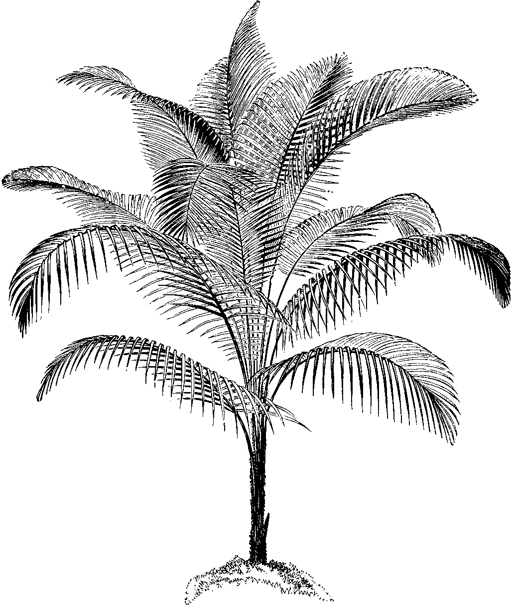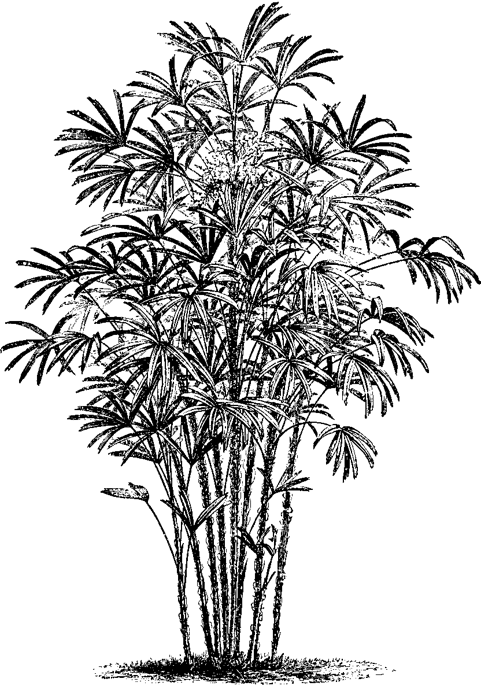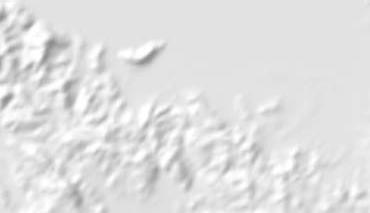Avengers of the New World: The Story of the Haitian Revolution
Read Avengers of the New World: The Story of the Haitian Revolution Online
Authors: Laurent Dubois



Avengers of the New World

l a u r e n t d u b o i s
Avengers of the New World
t h e s t o r y o f t h e
h a i t i a n r e v o l u t i o n
the belknap press of
harvard university press
Cambridge, Massachusetts
London, England
2 0 0 4
Copyright © 2004 by Laurent Dubois
All rights reserved
Printed in the United States of America
Library of Congress Cataloging-in-Publication Data
Dubois, Laurent, 1971–
Avengers of the New World : the story of the Haitian Revolution / Laurent Dubois.
p. cm.
Includes bibliographical references and index.
ISBN 0-674-01304-2 (alk. paper)
1. Haiti—History—Revolution, 1791–1804. I. Title.
f1923.d83 2004
972.94Ј03—dc22
2003063010
For Haiti

a c k n o w l e d g m e n t s
My greatest debt is to the many historians whose research and writing
made this book possible. Some are ancestors, like Beaubrun Ardouin, Ga-
briel Debien, and C. L. R. James, the others part of a small and scattered
group who often work in isolation. John Garrigus was encouraging about
the project throughout, and our conversations were crucial in determining
the final shape of the book. David Geggus, whose writings have trans-
formed the study of the Haitian Revolution, has been a supportive and in-
sightful interlocutor over the years. Malick Ghachem has taught me a great
deal through his work and our conversations. Stewart King played a crucial
role in my early research on the Caribbean. Michel Rolph Trouillot and
Carolyn Fick have profoundly influenced the way I think about the revolu-
tion. Laennec Hurbon and Michel DeGraff shaped my ideas on Haiti’s
cultural history. Richard Turits read some early chapters of the book and
gave me encouragement and good advice. And Julius Scott has been a con-
stant inspiration because of his passion for reconstructing the lives of the
often-elusive figures who built the Haitian Revolution.
I must also thank Julius, and Ada Ferrer, for having—over a greasy
breakfast in Ann Arbor years ago—first planted in my mind the idea of
writing this book. I owe a debt to three early mentors who guided my first
research on Haiti: Barbara Browning, Joan Dayan, and Peter Johnson. I
am grateful to Robert Bonner, who read many of the chapters of this book,
as well as Christine Daniels and the students in our Atlantic history semi-
nar for their comments. I thank Monique Dubois-Dalcq for having read
and commented on the manuscript. The members of the “Club Littéraire
du Gentilsart,” André and Marie-Claude Dubois, were avid readers and in-
sightful critics throughout.
A grant from the Intramural Research Grant Program at Michigan State
University funded research in the United States, France, and Haiti, as well
as the work of my extremely able research assistant, Marco Meniketti. The
Comparative Black History Program helped me to cover the cost of illus-
trations. Marcel Chatillon kindly gave me permission to reprint some of
the images from his collection
Images de la Révolution aux Antilles,
and Peter Berg helped me to track down and reproduce several engravings.
Parts of the manuscript were presented at Yale and Vanderbilt universities,
and some material from Chapters 4 and 5 was included in “Our Three
Colors: The King, the Republic and the Political Culture of Slave Revolu-
tion in Saint-Domingue,” in
Historical Reflections,
29:1 (Spring 2003): 83–
102.
I wrote much of this book while I was a visiting scholar at the Clark
Center for Seventeenth and Eighteenth Century Studies at the University
of California, Los Angeles. I thank Lynn Hunt and Peter Riell for having
given me this home in Los Angeles. And I am grateful to Christine Lazaridi
for our lunches spent discussing the different stories we were tracking
down and weaving together.
In Haiti, Chantalle Verna was a generous host and made much of my
research possible. I thank the Fouchard family for their generosity in giv-
ing me access to their library. Philippe Cherdieu, of the Bibliothèque
Haïtienne, enthusiastically showed me some of the treasures of this collec-
tion. And I cannot thank Erol Josué enough for the amazing journey
we took to visit Le Cap, and for showing me Gallifet, Sans-Souci, and the
Citadel.
Two anonymous reviewers for Harvard University Press gave me en-
couragement and helpful advice. Ann Hawthorne’s expert copyediting was
much appreciated. And through her enthusiasm for the project and her
guidance, Joyce Seltzer was crucial to making this work what it is.
It was Katharine Brophy Dubois who showed me how to write this
book. I thank her, and I thank our son, Anton, who arrived just as I was fin-
ishing the manuscript, and who has made everything, once again, into an
adventure.
viii
a c k n o w l e d g m e n t s

c o n t e n t s
Prologue
1
1. Specters of Saint-Domingue
8
2. Fermentation
36
3. Inheritance
60
4. Fire in the Cane
91
5. New World
115
6. Defiance
132
7. Liberty’s Land
152
8. The Opening
171
9. Power
194
10. Enemies of Liberty
209
11. Territory
231
12. The Tree of Liberty
251
13. Those Who Die
280
Epilogue: Out of the Ashes
302
Notes 309
Index 349


ATLANTIC
SAINT-DOMINGUE
B
OCEAN
Gulf of
a
(FRANCE)
Mexico
Nassau
h a m
Havana
a
MÔLE SAINT-NICOLAS
C
s Spanish
u b a
Santo Domingo
Cap-à-Foux
Hispaniola
Jamaica
Kingston
French
0
300 miles
Saint-Domingue
Caribbean Sea
Parishes of the North Province
Saint-Domingue
L
Le Cap
CAP FRANÇAIS
P
Baie de
l
Port
a
(LE CAP)
Le Borgne
i
in
Margot
Mancenille
e
in
m
du
or
